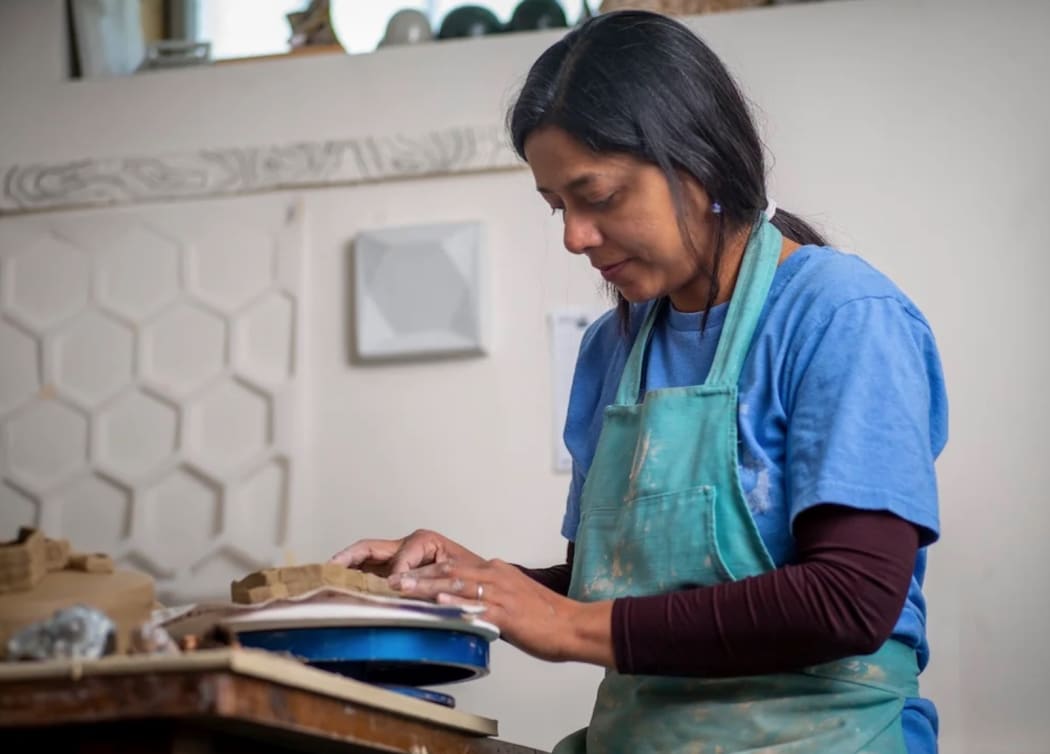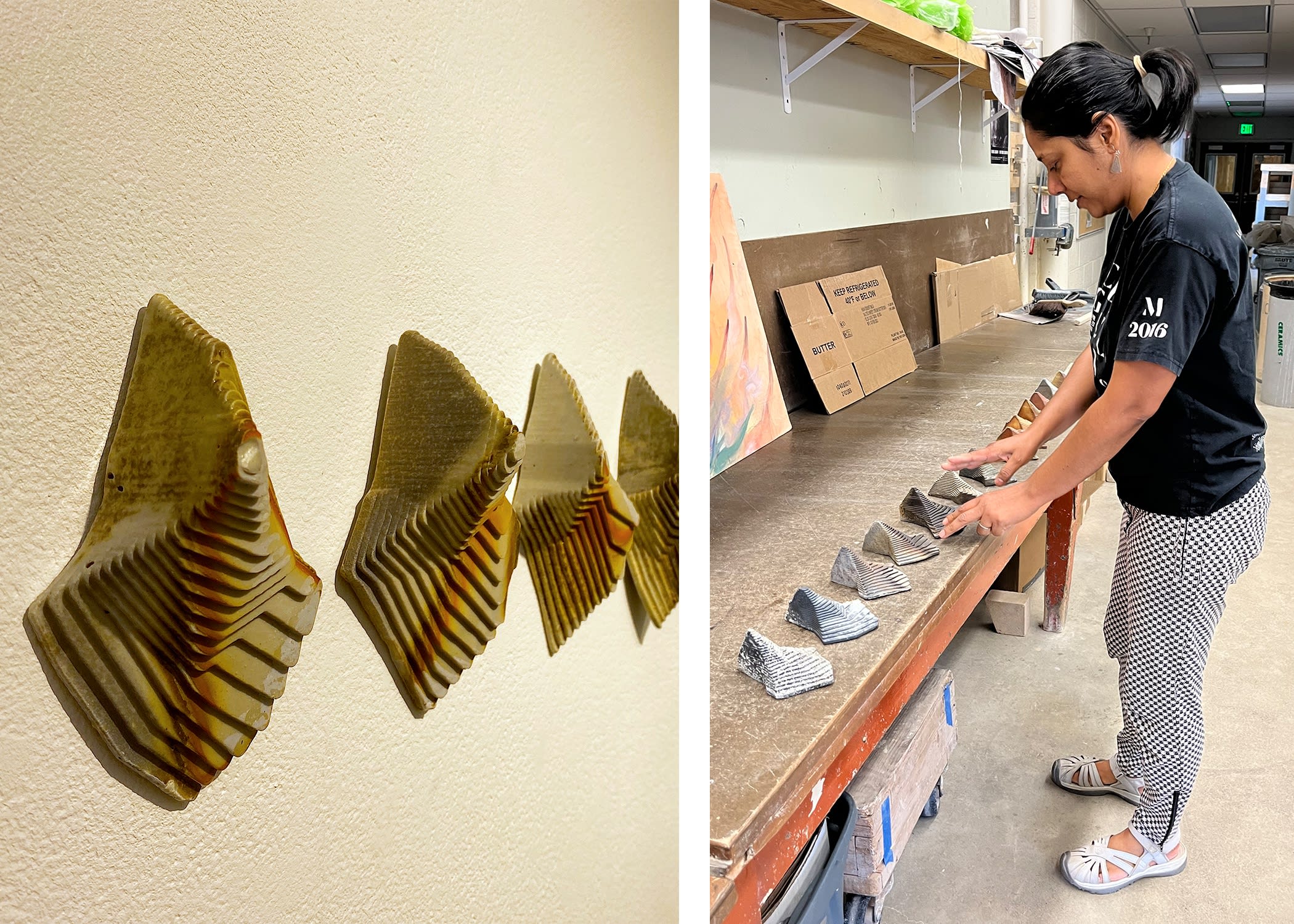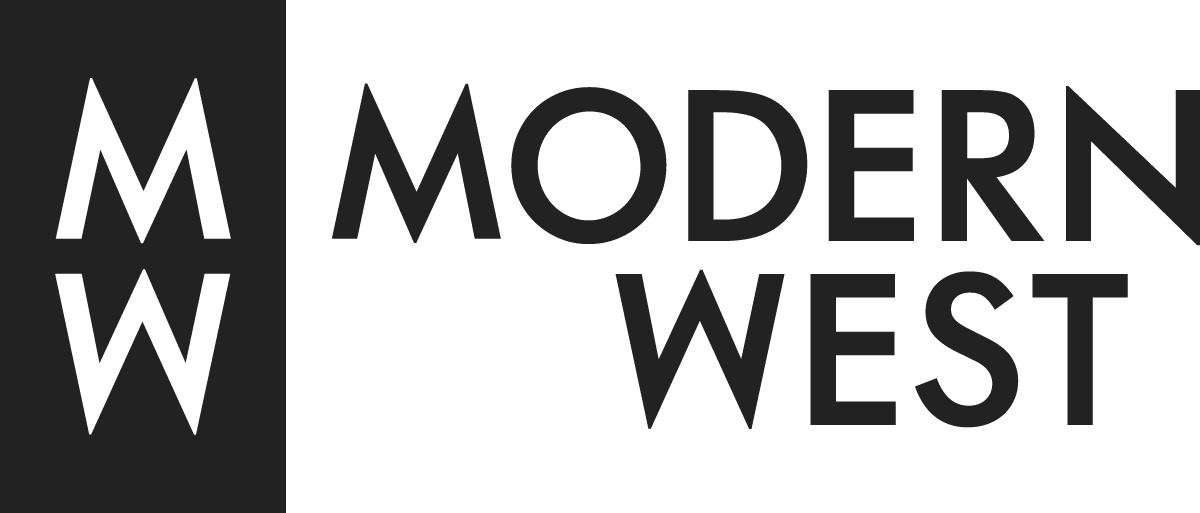
You received both BFA and MFA degrees in painting while in India and an MFA in ceramics since moving to Utah. Did this shift in academic experience impact your work, culturally and/or geographically? Did this also influence your decision to switch from painting to ceramics?
An incredibly important aspect of my education that is separate from my academic experience is the decade that I spent at Ray Meeker and Deborah Smith’s artist and pottery studio, the Golden Bridge Pottery in Pondicherry, India. I joined as an apprentice in 2002, right after my first MFA, and learned working with clay through assisting them and attending the seven-month pottery course at GBP. Here I learned about materials, processes, kiln firings, and kiln building. So, in between my first and second MFAs I had the luxury of working all days of the week in a world-renowned clay studio.
After several residencies and presentations at a variety of international conferences, I found myself pursuing my second master’s degree with an Art + STEM scholarship at Utah State University. Studying at a USU opened avenues for the use of newer technologies. I learned to create renderings in Computer Animated Design program and use Computer Numerically Controlled milling to carve foam and plaster to make molds for creating slip cast work in clay. I typically make myself at home rather quickly when moving to a new place, regardless of where it is in the world. I like to make abstract connections with experiences and, one such instance is worth sharing. I was driving in Sardine Canyon after a snowstorm and was struck with the way the sunlight glistened on freshly fallen snow on the mountains was similar to the shimmering of sunlight on the ocean. I lived by the sea for a while before moving to a mountain valley. This was my inspiration to do material research to find a clay body which would replicate the quality of snow in my work.
My transition from painting to ceramics was predestined. When I was painting, I used to add relief with using cement and plaster, hence I specialized in mural design. After the experience of using fresco, sand casting and clay, I decided to learn making forms on a potter’s wheel to then make relief murals. Ultimately, the three dimensional aspect of clay was so enticing that I transitioned into making sculpture and pottery in clay. Currently, my clay forms are stand-alone pieces or wall installations of various shapes and sizes.

Can you explain both your intent and process in ‘Wave’ and ‘Structure Iteration’?
Wave
This work is an interpretation of a form I arrived upon in 2006, the tetrahedron. At that time in my life I was seeking simplicity and stability. I made a connection between living only with bare necessities, as a monk, and the simplicity of the tetrahedron. Then I hoped to make a four faced form that was similar to tetrahedron but not with straight stiff edges, which evolved into the Tetrarc. For over 18 years, I have created many versions and sizes of this form, from one inch to 5 feet. I have also been modifying this form through different processes.
The possibility of working with new technologies helped with rendering this form in Computer Animated Design. I created multiple iterations that then were carved in plaster blocks by Computer Numerically Controlled mill. These formed single part molds for slip cast. These series, which I have created with various clay bodies, consist of sixteen parts that repeat to create an ebb and flow of form.
The first iteration was all white in response to the snowscape of Utah, and now I also intentionally tread unknown waters, by placing these works in a wood kiln. Most times I am unaware of how the surface will look after the firing.
I relate this to each individual’s life journey. Having lived in seven different countries, I recognize the universal struggles through life, as well as the common instinct to hide our scars or not share our mistakes. Wood firing adds embellishments, colors, textures, sometimes including scars and cracks. I view the process of creating each work, which is marked differently by the placement in the kiln, as related to everyone’s individual life experience, and I embrace the marks and scars as an essential part of life.

Structure Iteration
I have been drawn to the platonic solids for a number of years now. The three of them that I have explored more fully are the Tetrahedron, sphere and cube. With my interest in making large scale sculptures, I recognized that creating modules which could then come together would be an interesting path to take. At a workshop in Anderson Ranch Art Center with Del Harrow in Aspen, Colorado, I rendered a form which is loosely related to the platonic solids. The form was carved in Computer Numerically Controlled mill on an insulation foam. I used it to create a plaster mold, which I then used for slip cast in porcelain clay. This porcelain clay was formulated to create a surface quality reminiscent of freshly fallen snow in the mountains, as I describe above. These small pieces are assembled with silicone and epoxy to create iterations of the sculpture. I am intrigued by the molecular structures and the process by which liquid water turns to snow. All these amazing aspects of nature sub-consciously find their way into my work.

You are an artist, educator, curator and gallery coordinator at Utah State University. How have these different roles impacted you and your community?
As an artist I find inspiration in the usual daily activities. I am enamored by textures or patterns in the vegetables I cut for cooking, the structural beauty in the plants that I replant or weeds that I pull off the ground in my yard. These simple activities inform my art making, and I like having these foundational conversations with my community of people.
As an educator, I find myself learning a lot from the new generation of students with whom I get to interact during the teaching. I am excited by their ideas, and I find myself as a facilitator for motivating them to learn the tools to create art, practice and learn about aesthetics and its application, and find their voice through the medium of their choice.
As a curator, I find myself communicating and connecting with amazing creators across the world. The most recent curation brought work from seven different counties on the theme of ash. I feel enriched with my interactions with international artists. When my friends in Utah respond to the artworks created in different parts of the world, my heart warms with the connections I am able to establish.
As a gallery coordinator, I find myself enjoying the process of facilitating artists ideas into making for a successful exhibition. I learn a lot working with artists and graduating students, in turn broadening my community of creative people.

